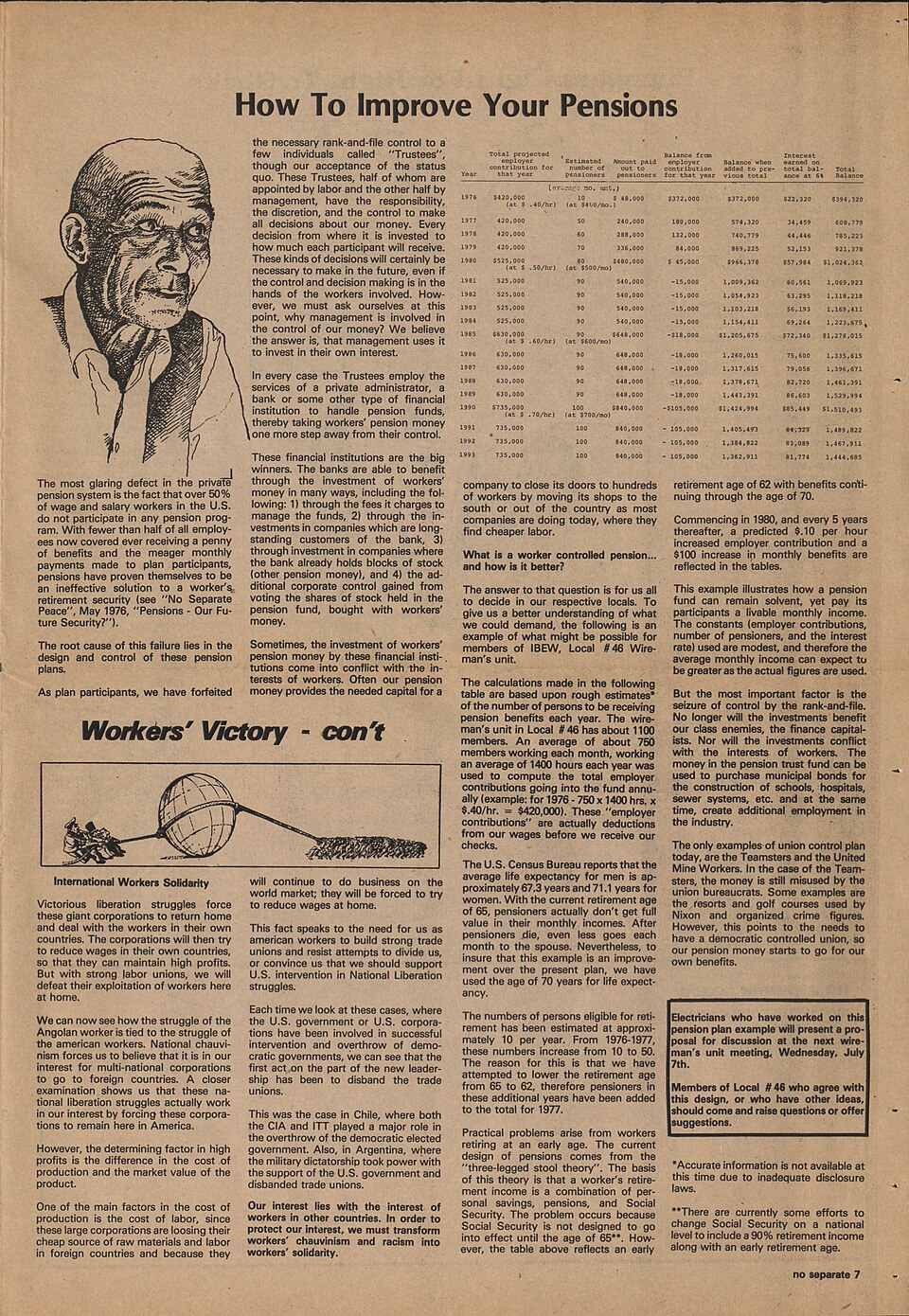Post-Pandemic Airline Labor Relations: A Shift in Strike Dynamics

In recent years, trends in labor strikes within the aviation sector have shown a notable disconnect from the rising profits of the airline industry. According to CAPA - Centre for Aviation, the number of articles related to strikes has not kept pace with operating profit margins, a phenomenon that has sparked concern and analysis among industry stakeholders and labor organizations.
Historically, the relationship between airline profitability and labor strikes has been strong. Data from CAPA indicates that the number of articles mentioning 'strike' on their platform peaked at 1,228 in 2016, correlating with high profit margins in the airline sector. However, this dynamic has shifted dramatically in the years following the COVID-19 pandemic. Reports indicated a significant decline in strike-related articles, dropping to just 95 in 2020, a year marked by unprecedented financial turmoil for airlines globally, reflected in an operating margin of -28.8% (CAPA, 2025).
Looking at more recent data, CAPA's analysis reveals that while there were 351 strike articles in 2024—a 42% increase from 2023—this figure remains 43% lower than the 616 articles recorded in 2019. The first half of 2025 saw only 102 articles published, significantly down from 206 in the same period of 2024 and less than one third of the 316 articles published in the first half of 2019 (CAPA, 2025).
The International Air Transport Association (IATA) projects a slight improvement in operating margins, from 6.4% in 2024 to 6.7% in 2025. Despite this positive forecast, the expectation for an uptick in strike-related articles has not materialized in the early part of this year, leading to a cautious outlook among labor organizations. Dr. Michael Thompson, an economist at the University of California, Berkeley, argues that “the memory of the financial devastation caused by the pandemic is still very fresh in workers’ minds, which may explain the reluctance to initiate strikes even during periods of profitability.”
The seasonal pattern for strike articles typically peaks in the summer months of July, August, and September, a trend that has been consistent over the past eight years. These months account for approximately 34% of the annual total of strike articles, aligning with the busiest travel periods for airlines (CAPA, 2025). However, industry observers note a significant reduction in strikes as labor’s bargaining power appears to have diminished in the wake of the pandemic.
One contributing factor is the significant loss of experienced personnel during the COVID-19 crisis. Many workers left the industry and have not returned, thereby weakening labor’s ability to mobilize effectively. “The reduced workforce may result in diminished collective bargaining power,” suggests Dr. Emily Carter, a labor relations expert at the Massachusetts Institute of Technology. “Without sufficient representation, workers may feel less empowered to demand their share of the profits.”
Furthermore, aviation management has adapted by fostering a more collaborative environment with labor unions, which may contribute to fewer strike actions. This shift reflects an industry-wide recognition of the need for stability and cooperation in labor relations to ensure effective recovery from the pandemic's impact.
As airlines continue to navigate the post-pandemic landscape, the implications of these trends are significant. An ongoing analysis of labor relations will be crucial as the industry completes a full post-pandemic profit cycle. The potential for strikes to rise as operating margins improve is uncertain, as current evidence suggests that labor may be more cautious in asserting their demands.
In conclusion, while the airline industry's financial recovery is underway, the dynamics of labor relations have evolved. The link between profitability and labor action has loosened, indicating a potential shift in how labor organizations approach negotiations in the future. Continued monitoring of labor trends in the aviation sector will be essential to understand the evolving landscape of labor relations in the coming years.
Advertisement
Tags
Advertisement





